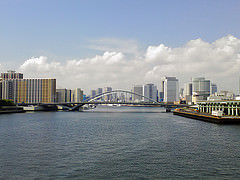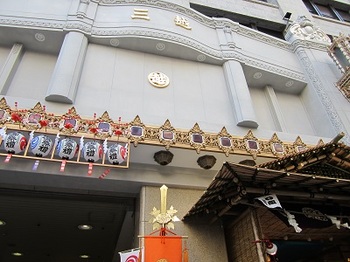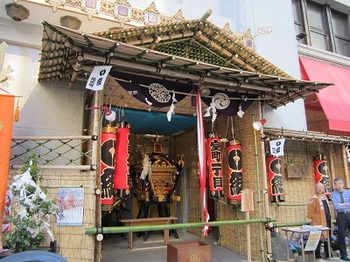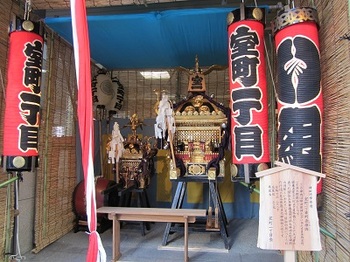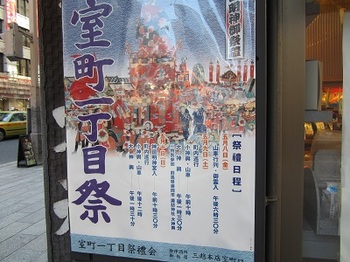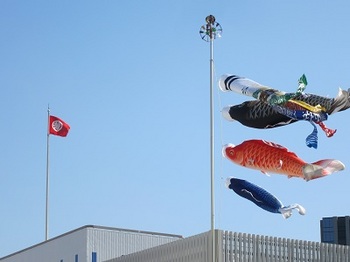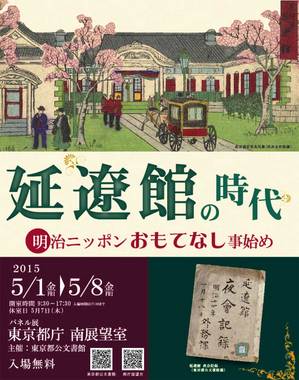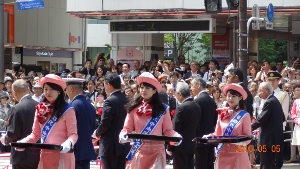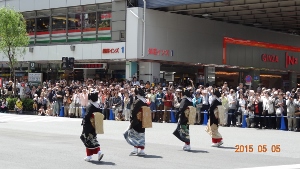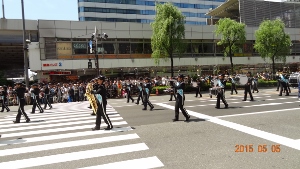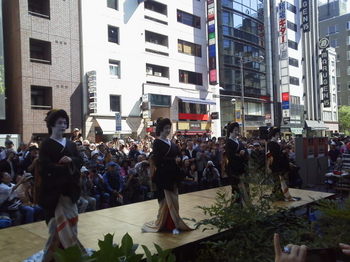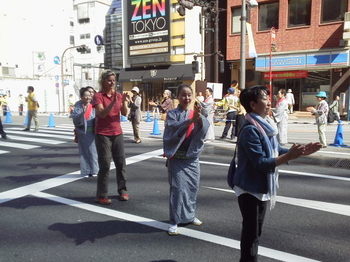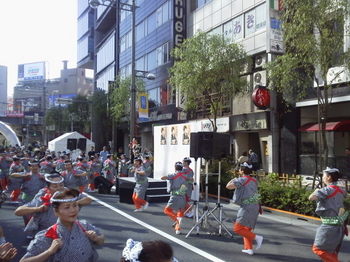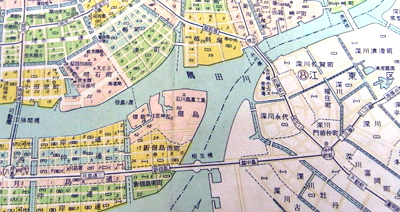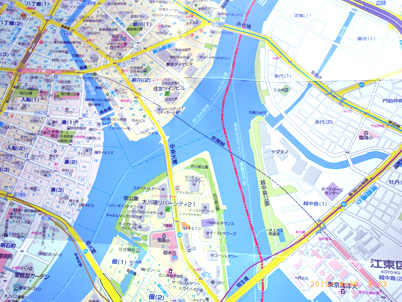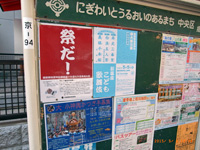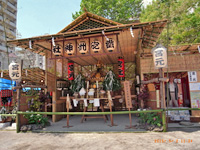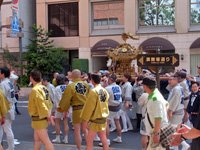Hello, this is Taro Chuo.
On Sunday, May 3, I've been wandering around the bay area of Chuo-ku, so I'll report it.
The course I walked is generally as follows.
From Tsukiji Market Station, go out to Harumi-dori St. through the out-of-market market (Nami-dori Street) and cross Kachidokibashi.
When you reach the Kachidoki side, turn right and walk to the Sumida River Bridge (tentative name), which is under construction of Sumida Kawazoe I, and turn left after a little further.
Walk straight and cross the Asashio Canal from Asashio Kobashi, dedicated to people and bicycles, to Harumi.
At the end of the Chuo-ku Incineration Plant, turn right and head toward Harumi Wharf.
After passing the planned site of the Tokyo Olympic Athlete Village in 2020, we will finally arrive at Harumi Passenger Terminal.
After a break, go from Harumi-dori St. to Triton Square through Reimeibashi Koen-dori St.
Take the promenade behind Triton Square to Harutsuki Bridge along the Asashio Canal.
Turn in the opposite direction (right) to the bridge, go out to Harumi-dori St. again, turn left, and cross the Harumi Bridge and go to Toyosu, so turn back at the entrance.
Cross to Tsukishima through Asashiobashi. When you go to Kiyosumi-dori, return to Kachidoki Station, cross the traffic light and turn right.
At the gate of the road leading to Nishinaka-dori (Monja Street), go to Monja Street through Nishinakabashi, and go to Monja Street.
Walk to Tsukishima Station on the Yurakucho Line.
Turn left at Tsukishima Station, cross the Tsukuda-ohashi Bridge, and walk to Shintomi-cho to finish today.
※ I was physically unable to cover the Tsukuda area today. I would like to report to another opportunity.
One of the purposes I walked this time was that I wanted to confirm from the Chuo-ku side the bay area, which is being developed for the 2020 Olympics.
First of all, the Sumida River Bridge (tentative name) to Toyosu Ohashi Bridge and the bridge are almost completed, and when it opens, it connects Sotobori-dori St. to Ariake at a stretch through Shintora Street.
The Tsukiji side of the Sumida River Bridge should pass through the current Tsukiji Market (Hamarikyu side), but only the road in that part could not be confirmed.
Does it mean that it will not open until the relocation time of Tsukiji Market (2016)?
Next, in the athlete village, development has not yet started and remained vacant.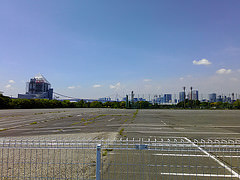
When I went beyond the athlete's village to Harumi Wharf, many people enjoyed the barbecue because the weather was good.
When I checked the Toyosu side from the 3rd floor plaza (?) of the passenger ship terminal (although it was not inside), Toyosu New Market, the relocation destination of Tsukiji Market, was just under construction.
This area is full of old and newness, waterside scenery, and gourmet food.
There is a taste that left an impression when walking (Is it a little changed?) I'll report some places.
※I walked from the morning and when I arrived at Tsukishima, I was quite hungry. I thought I would eat monja, but I stopped because everything was full and it was difficult to enter alone.
Instead, at the grilled butcher Stamina Garden near the entrance to Monja Street Tsukishima Station, Japanese black beef's Calbi Gozen and Highball filled the stomach very deliciously. (Satisfied)
①The atmosphere of the Tsukishima River seen from the promenade of Triton Square Cherry Blossoms
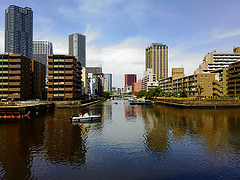
②An iron bridge that seems to be used for small cargo next to Harumi Bridge (now unused)
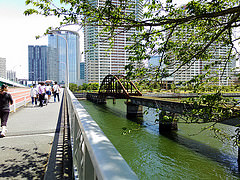
③Tsukishima River Suimon seen from Nishinakabashi and the dock for houseboats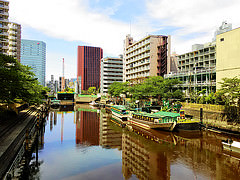
Above
